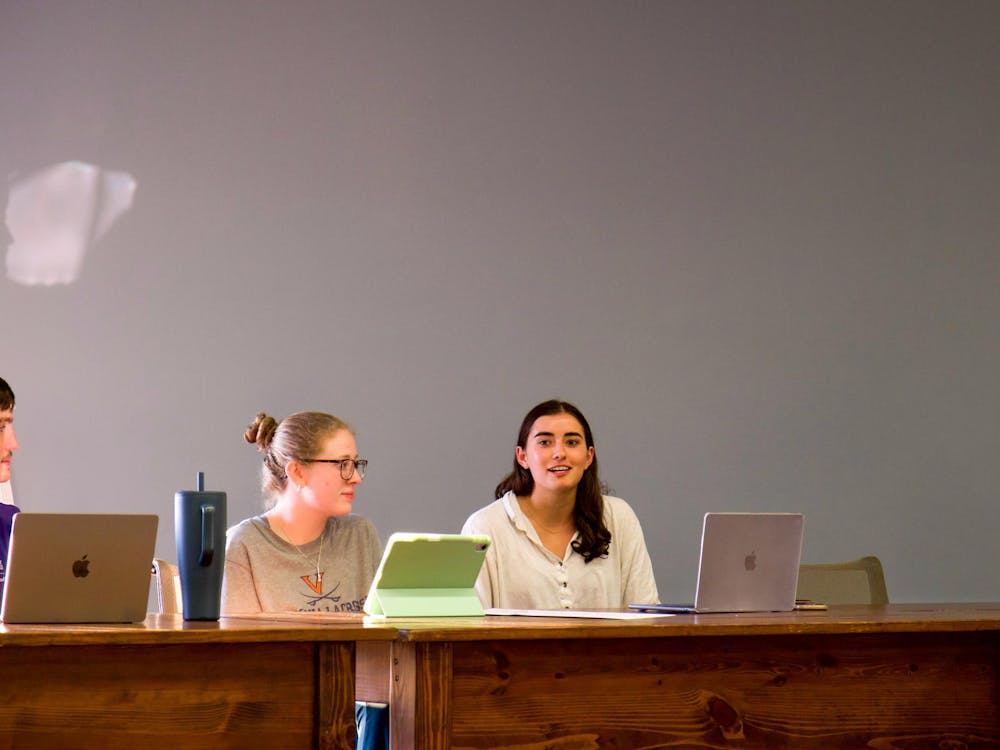The controversial Mt. Graham telescope project, which the University might choose to support, came under fire yesterday morning before a hearing of the House of Representatives Resources Committee.
The Coalition to Protect Sacred Places used the Mt. Graham telescope project in Arizona as one of five examples of projects that violate the sanctity of Native American land.
The Coalition has been vying for a congressional hearing for the past 10 years in order to pass the Sacred Land Protection Act, according to Mt. Graham Coalition Coordinator Guy Lopez.
Lopez said he thinks the hearing went well, and that he hopes the Coalition's efforts will help prevent further development at Mt. Graham.
"It demonstrates the determination of Native Americans all over the country to secure protection for their sacred land," Lopez said.
The act would prevent further destruction or new development on Native American land.
The University of Arizona initially developed the Mt. Graham Observation site in 1988 after obtaining legal exemption from environmental laws.
University Astronomy Dept. Chairman Robert T. Rood said the University has an interest in pursuing the Mt. Graham project because of the telescopes housed there.
A massive telescope, the Large Binocular Telescope, will be assembled once the University of Arizona finds a partner to help fund the project.
The University of Virginia and the University of Minnesota are the two institutions currently most interested in the telescope.
Robert Wietzman, an environmental scientist and a member of the Mt. Graham Coalition, expressed concern over the ethical problems associated with the University's participation in the project.
"Does the University of Virginia want to participate in a project that has special exemption from environmental laws?" Wietzman asked. "Forty other schools have dismissed the project. Isn't the University of Virginia supposed to have an honor code?"
For years, the University of Arizona has been waiting for collaborators to help assemble the 11th largest LBT in the world.
Weitzman argues that the environmental consequences should take precedence over the telescope project.
"There are 18 species of plants and animals on the summit of Mt. Graham that are exclusive to the area due to the mountain being surrounded by desert," Weitzman said. "If Virginia decides to participate, as many as four more telescopes could go up, and even more of the red squirrel's habitat will be destroyed," Weitzman said.
Rood, however, said that there would be few changes to the current site and that only one or two bridges would have to be modified to put the telescope in place.
The University currently is negotiating a $4 million contract for access to a total of seven of the University of Arizona's telescope sites, including Mt. Graham.
"As with any capital expenditure, the Mt. Graham investment is being discussed and nothing is yet final," Rood said.
The House of Representatives will vote on the issue after a series of further hearings.






